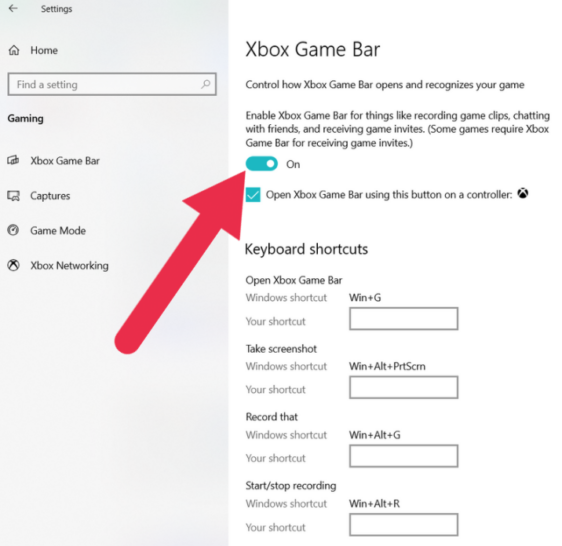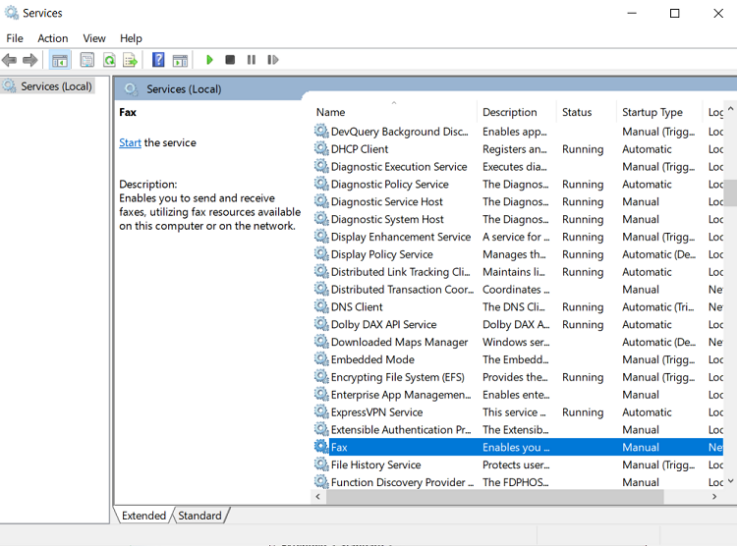Save space on your computer by disabling these 7 Windows 10 features

Your computer doesn’t come out of the box perfectly optimized. There are a few built-in features that might even slow your system down. Some exist to help you, like Windows 10’s Power saver plan.
This feature lowers your PC’s performance to save energy. If you don’t like it, change it by heading to Control Panel and clicking Hardware and Sound. Click Power Options > Show additional plans > High performance.
Just like that, you improved your user experience. That’s just one of many changes you can make to improve your computer’s performance and save valuable space. Here are seven more ways to optimize your Windows 10 computer, brought to you by our sponsor, Dell.
1. Save space and protect yourself from Bluetooth hacks at the same time
One way crooks can hack into your computer is by slipping in through your Bluetooth connection. In 2020, cybersecurity experts discovered an exploit in Bluetooth chips that let hackers send devices malicious data. Tap or click here to find out if your phone is at risk and what can be done.
If you never use Bluetooth, consider disabling the Bluetooth service. Here’s how:
- Select the Start button.
- Head to Settings.
- Tap Devices.
- Select Bluetooth & other devices.
- Find the Bluetooth toggle and turn it Off.
Next up: Here’s a way to make your computer start more quickly.
2. Disable startup applications
Admit it. You sometimes click “yes” on notifications just to make them go away. You may have inadvertently let specific programs start automatically. Now they slow down your computer from the moment you turn it on.
Shut them down if you aren’t using them. Minimizing how many programs run when your computer turns on makes it run more efficiently. Here’s an easy way to get the job done:
- First, head to the Windows search box.
- There, type Task Manager.
- Choose the Startup tab, which takes you to a list of the programs that automatically start when you turn your computer on.
- Right-click on the programs you don’t need and choose Disable.
Just like that, you’re done. It’s as simple as pie.
3. Disable Internet Explorer 11
You may read that and think, “Wait, Internet Explorer is still around? Didn’t Microsoft replace it with Edge?” That’s true — but Internet Explorer 11 is still taking up space in your operating system.
WARNING: If you use Outlook, don’t disable Internet Explorer, or you won’t be able to open email links! See the next section for more information.
If you aren’t using it, throw it into the void! Just head to the Windows search fix, type Windows features and find Internet Explorer 11 in the list. Deselect it and tap OK to keep your changes.

Before you do this, though, make sure you pick a new default web browser. This refers to the browser your computer automatically uses when opening hyperlinks.
For example, if you’re browsing through Microsoft Outlook and click on a link within an email, your computer opens that link in your default browser. If your computer’s default browser is set to Internet Explorer, which you deleted, the link won’t open. This isn’t an issue if you don’t use Outlook.
Outlook users take note
If you use Outlook and your hyperlinks aren’t working, here’s what you need to do:
- Start Internet Explorer and go to Tools > Internet Options.
- Select Advanced > Reset.
- Select Delete personal settings > Reset.
- Hit Close when it’s completed.
- Close and restart Internet Explorer.
- Select Tools > Internet Options.
- Select Programs > Set programs.
- Select Set your default programs.
- Select Microsoft Outlook > Set this program as default.
- Scroll back up to the top of the default programs list and highlight Internet Explorer and select Set this program as default.
- Select OK, and close the Default Programs dialog box.
The above steps are for Internet Explorer 11 and 10. Go here for instructions for older versions of Internet Explorer.
How to update your computer’s default browser
Go to Settings > System. In the search bar that says Find a setting, type Default apps.

From there, scroll down to the bottom icon, which says Web browser. If you see the Internet Explorer icon, it’s time to change your default web browser.
Just click on it and a window called Choose an app will pop up. It looks like this:

Select your new default browser and you should be good to go. Now, you’ll be able to open links even though you just deleted Internet Explorer.
4. Ditch the fancy stuff
Although Windows has a few special effects, they come with a caveat. Yep: They make your PC a little slower, especially if you’re working with an older gadget.
Luckily, you can easily disable all shadows, animations, and visual effects. Here’s how:
- In the Windows search box, type sysdm.cpl and press enter.
- You’ll see the System Properties dialog box pop up. Head to the Advanced tab.
- Under Performance, select Settings. Here you can enable or display any animations and effects.
- If you don’t know what to do, select Adjust for best performance at the top of the screen.
- Then, hit OK.
Although animations can slow down your computer, they’re a fun and easy way to customize your experience. Tap or click here for a few smart ways to customize your taskbar. Here’s another good way to speed up your computer.
5. Get rid of Game Mode
If you never game on your computer, it’s time to stop playing around. Game Mode is a feature that optimizes your PC when you’re gaming. There’s one problem: In Game Mode, many processes are running in the background. This slows down your system. It’s on by default, so here’s how to turn it off:
Open the Settings app. Tap on Gaming. Then, toggle it to Off.

It’s just that easy.
6. Dump the junk
Have you ever installed an application, used it once and then forgotten about it? You’re not alone. Here’s the problem: These apps take up a lot of hard drive space.
These forgotten apps often run in the background, using up your limited memory and valuable resources. So if your PC is randomly sluggish, you may need to revisit old apps.
To uninstall old apps from the Start menu, click Start and look up old apps or programs. Select the ones you don’t like, right-click and hit Uninstall.
You can also get the job done through the Settings menu. Here’s how:
- First, head to the Start button.
- Then, click Settings.
- Hit Apps.
- Select Apps & features. There you can select any apps you want to delete.
- Click Uninstall.
This is a great way to clean up your computer. Lastly, here’s another cleaning tip you may have never thought of.
7. Turn off fax services you don’t need
Many companies have long stopped using faxes. But since enough organizations still use them, your computer has this feature available. If you think you’ll never need it, turn it off.
First, head to the Windows search bar and type Services. This box will pop up:

Just select Fax, right-click and hit Stop. This should disable the feature, thus freeing up your computer’s processing space.
Want a new computer? We’ve got you
Sometimes it feels like the world is throwing everything it has at you. To succeed, you need someone to guide you through. That’s what Dell Technologies Advisors do. They have the tech advice to help you navigate whatever challenges you’re up against — and get you safely to where you want to be.
Call a Dell Technologies Advisor today at 877-ASK-DELL or go to Dell.com for free expert support.
Tags: Bluetooth, clean up, computer, Control Panel, cybersecurity, default browser, Dell, Dell Technologies, hardware, Internet Explorer, Microsoft Windows 10, Outlook, performance, task manager, uninstall, Visual effects, web browser

